All your queries about listing food ingredients answered
August 24, 2022
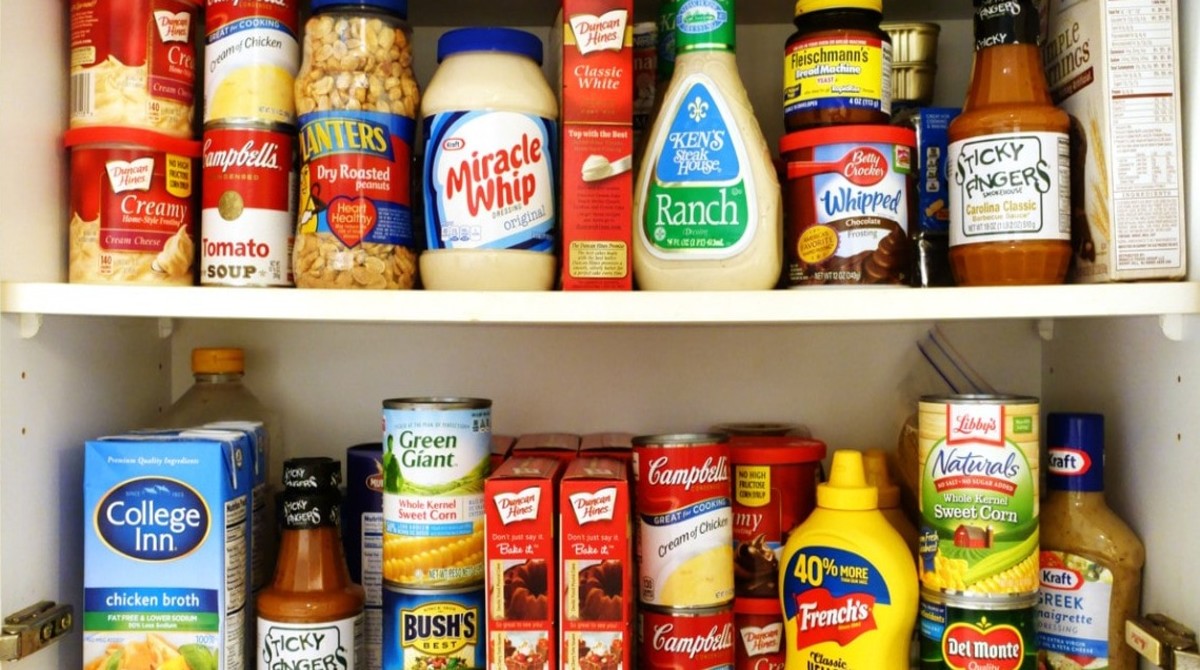
What is an ingredient?
An ingredient means any substance, including a food additive, used in the preparation, manufacture or handling of food. Essentially, any substance used to make a food must be listed in the statement of ingredients. There are a few exceptions to this general rule, which are listed later in this guide.
Why is Ingredient Declaration Important?
Not only is it a legal requirement for a food producer, but it also helps consumers make informed decisions when purchasing food.
Consumers are more invested than ever before in nutritional information, especially as the number of food-related diseases and health problems is on the rise. Therefore, many people opt for more nutritious alternatives and should be made aware of the ingredients present in food items they purchase.
People with food allergies can suffer potentially serious consequences if they consume foods they are allergic to, so they must be very cautious about the foods they eat. If someone accidentally ingests food, they are allergic to, it can cause an allergic reaction and, in some cases, be severe and life-threatening.
Basic Rules for Ingredient Declaration
Except for single ingredient foods (named in such a way that the nature of the ingredient is clear) a list of ingredients should be declared on the label
The list of ingredients shall contain an appropriate title – Ingredients / List of Ingredients
All ingredients in the food must be declared using the common name of the ingredient or a name that describes the true nature of the ingredient
The ingredient list should be written in descending order of quantities as the case may be at the time of its manufacture.
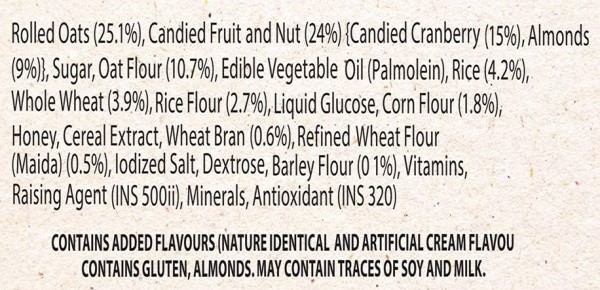
Declaration of Compound Ingredients
If an ingredient (Compound Ingredient) is a product of 2 or more ingredients, the same should be declared either in brackets after the name of the compound ingredient or all of the ingredients of the compound ingredients as if they were individual ingredients of the final food
Declaration of all ingredients of compound ingredients is mandatory except where a compound ingredient constitutes less than 5 percent of the food (no exceptions for food additives that serve the technological function in the food products).
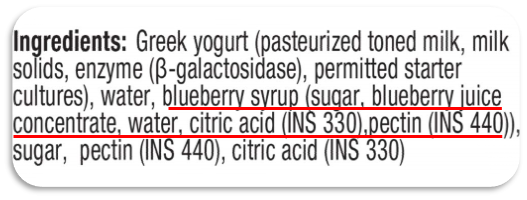
Constituents that are not required to be included in ingredients lists
Non-functional carryover additives - A food additive present in a food at a level less than that required to achieve a technological function. For example, preservatives used in fruit puree will not necessarily be performing the same function when the fruit is added to a heat-treated yoghurt which is subsequently chilled.
Carriers for additives, enzymes, flavourings and nutrients.
Additives, enzymes and other substances are used as processing aids. Example: Hexane solvent used as a processing aid for extraction of oils from oilseeds, will have no effect on the finished product.
Water, where it forms a part of an ingredient, such as brine, syrup or broth, used in the compound food or other volatile ingredients, evaporated in the course of manufacture. Example: Water in the form of brine in canned foods vs. water in packaged beverages.
Quantitative Indications
The legislation requires the number of certain ingredients in pre-packaged foods to be indicated as a percentage.
The indication can be given with the name of the food in the ingredients list.
This is applicable where the ingredient –
is emphasized on the label through words, pictures or graphics
is essential to characterize the food and is expected to be present in the food by consumers
What Are Food Additives?
Substances that are added to food to maintain or improve the safety, freshness, taste, texture, or appearance of food are known as food additives.
Food additives are classified on the basis of their functional use and are grouped as:
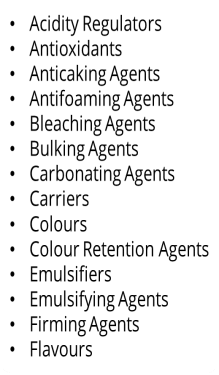
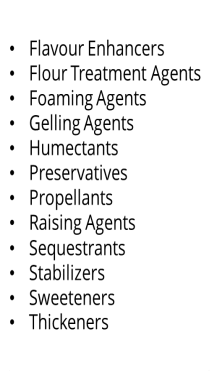
Why is it important to declare food additives on food labels?
Food labels carry useful information to help consumers make good choices about food. The Ingredients Declaration will tell the consumers if the food contains an additive that they may want to avoid in case of allergies or intolerances or just as a personal choice.
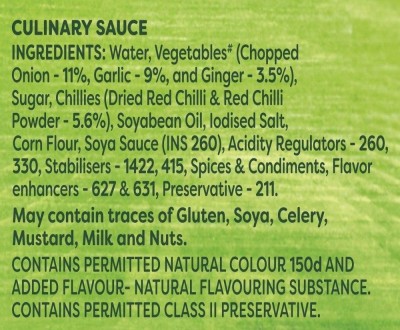
Guidelines on Food Additive Declaration
A food additive present in a food in an amount sufficient to perform a technological function should be included in the list of ingredients.
Food additives shall be declared with the specific name(s) or recognized International Numbering System (INS)
Flavouring agents added to foods should be declared in the ingredient list in the following manner:
Artificial flavouring substances - the common name of the flavour should be declared
Natural flavouring substances or nature identical flavouring substances - the class name of
flavours should be declared
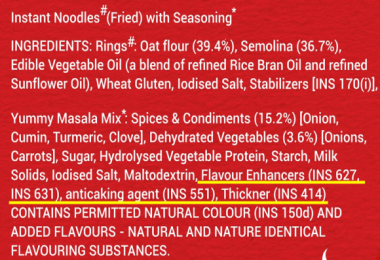
Are Food Additives Safe?
Food additives need to be checked for potential harmful effects on human health before they can be used. This applies whether food additives come from a natural source or are synthetic.
The Joint FAO/WHO Expert Committee on Food Additives (JECFA), is the international body responsible for evaluating the safety of food additives.
Only food additives that have been evaluated and deemed safe by JECFA, on the basis of which maximum use levels have been established by the Codex Alimentarius Commission, can be used in foods that are traded internationally.
Also Read - What Are The Key Requirements For Declaration Of Ingredient Lists?
References
Codex Alimentarius Commission. Class names and the international numbering system for food additives.
Food Safety and Standards Authority of India. Product Standards. Food Safety and Standards (Labelling and Display) Regulations, 2020.

Saayma Rizvi (BSc in Food Science and Nutrition)
